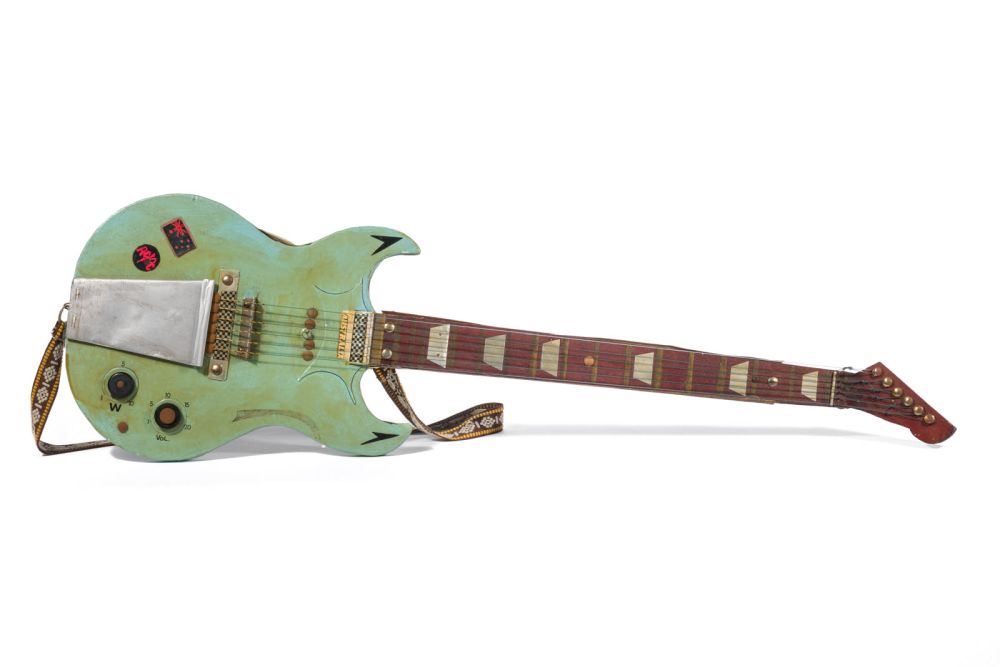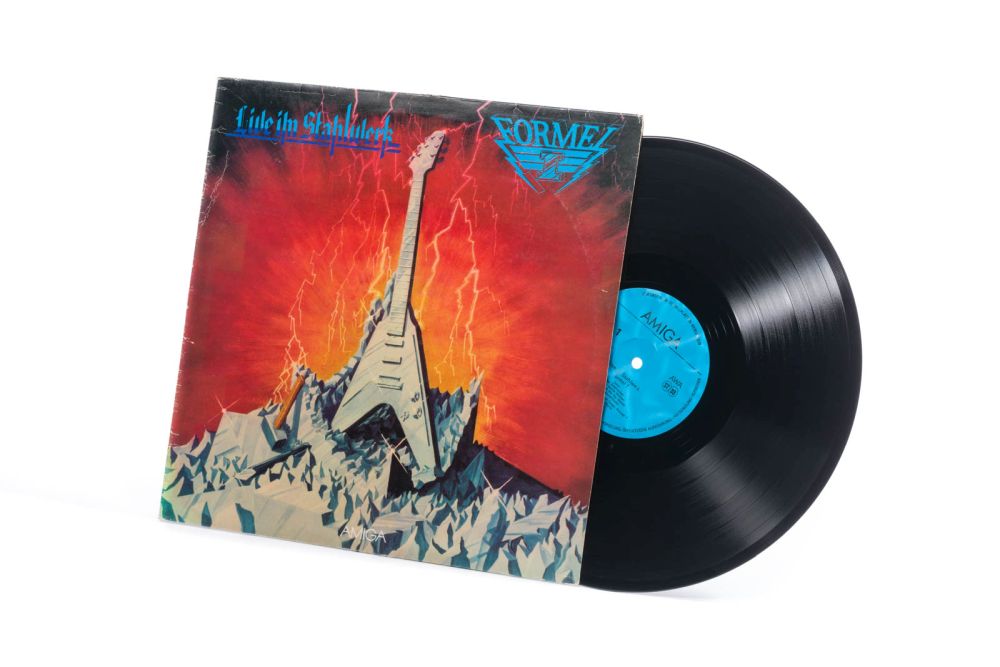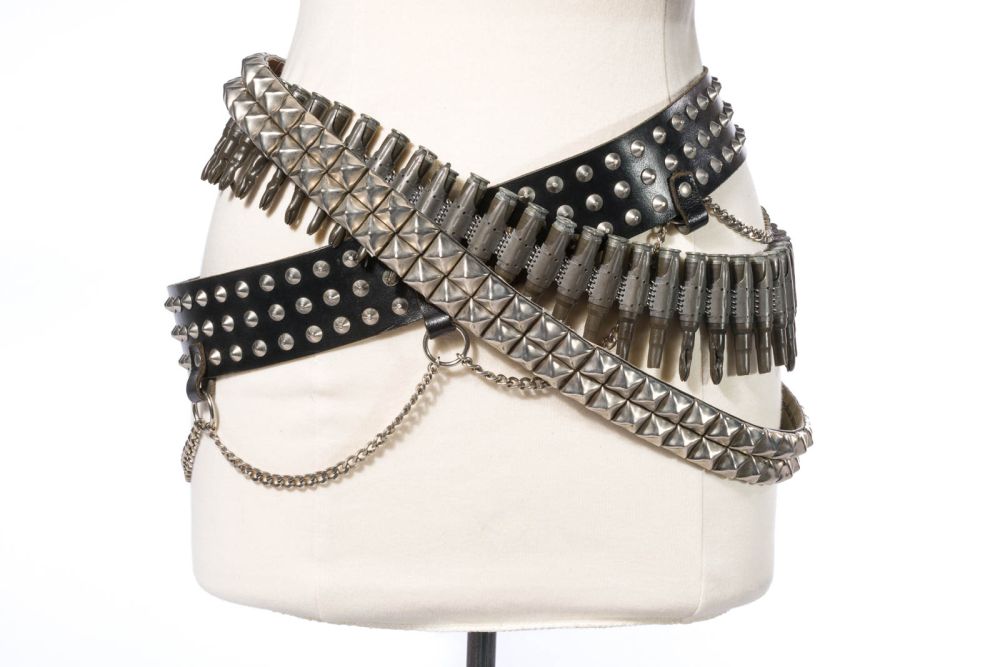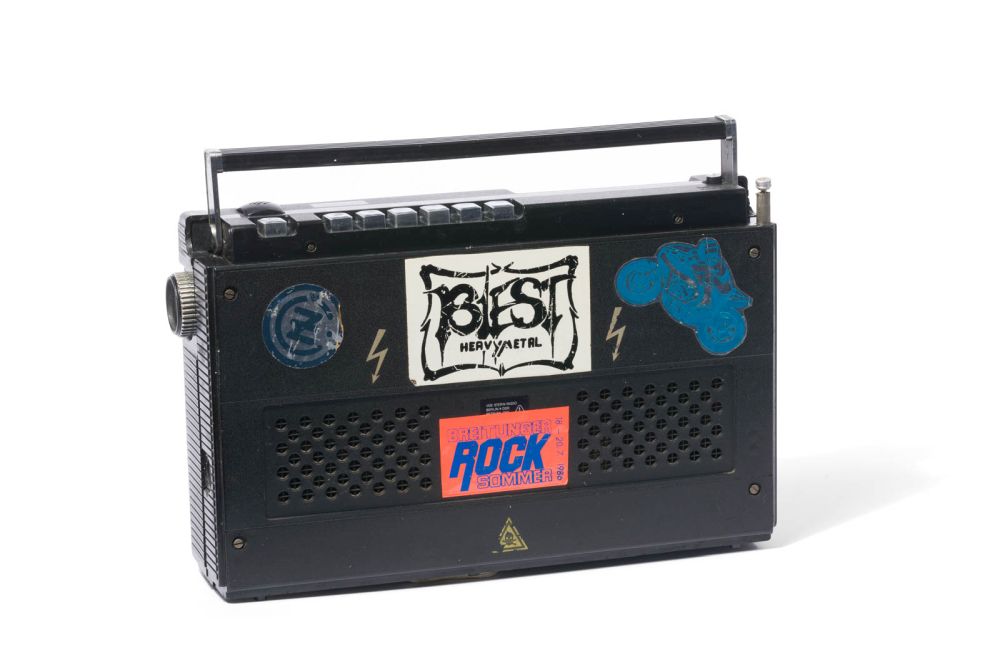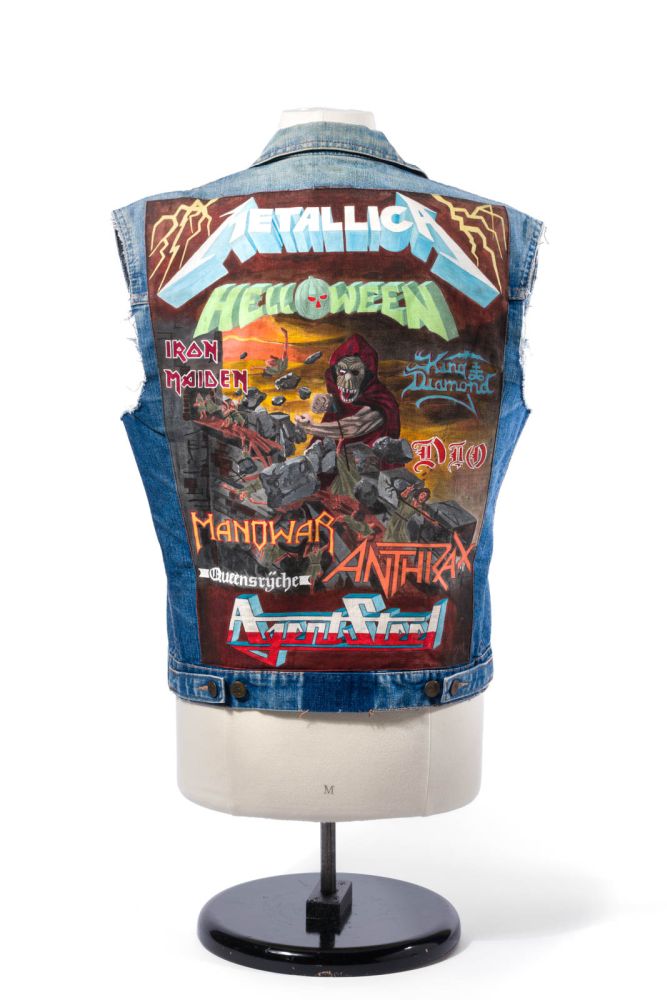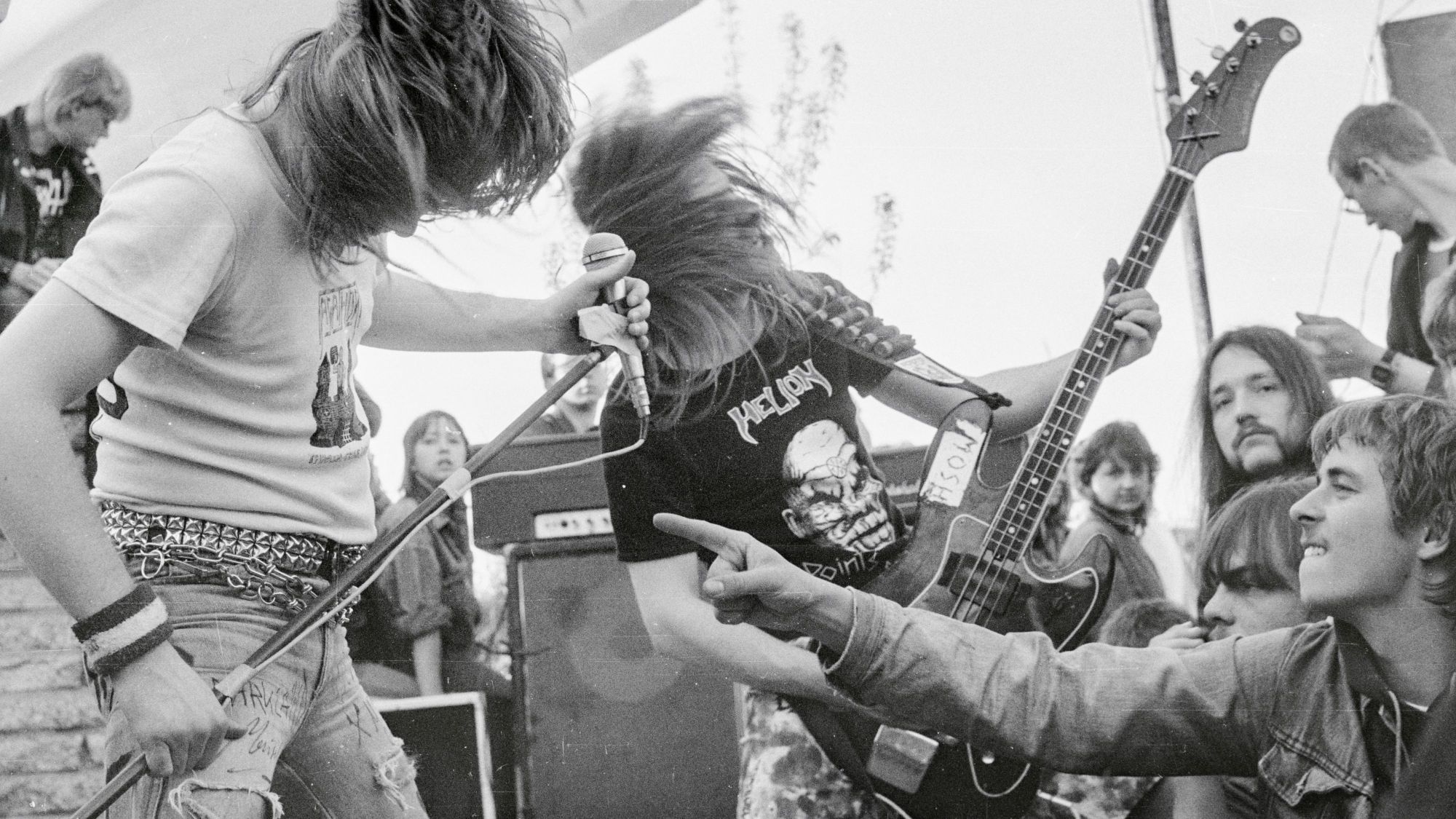
Louder, harder, faster – heavy metal fascinates young people the world over in the 1980s. Whilst bands like Metallica and Iron Maiden conquer the stages in the West, an equally energetic heavy metal scene develops in the GDR in the decade before the Berlin Wall tumbles and Germany is reunited. It models itself on the western scene and is viewed with suspicion by the SED regime.
The exhibition “Heavy Metal in the GDR” explores the everyday life of the fans and bands: leather jackets and studded bracelets, guitars and records tell stories about music and youth culture in the GDR of the 1980s. Contemporary witnesses bring these stories to life.
The cohesion of the heavy metal scene, for example at concerts, is addressed just as much as the challenges which the relatively apolitical “metalheads” face in their dealings with the SED regime. Harassment and surveillance by the Stasi are part of their daily lives. But with the growing success of bands and radio programmes like “Tendenz Hard bis Heavy” („Hard to Heavy Tendency“) on the youth radio station DT64, heavy metal is increasingly tolerated and the scene is granted greater liberties.
What happens to the scene after 1989/90? And what is left of heavy metal in the GDR? The exhibition takes a wider look at everyday life in eastern Germany in the 1990s and 2000s and traces the heavy metal scene through upheavals, extremes and revival to the present day.
Insights
